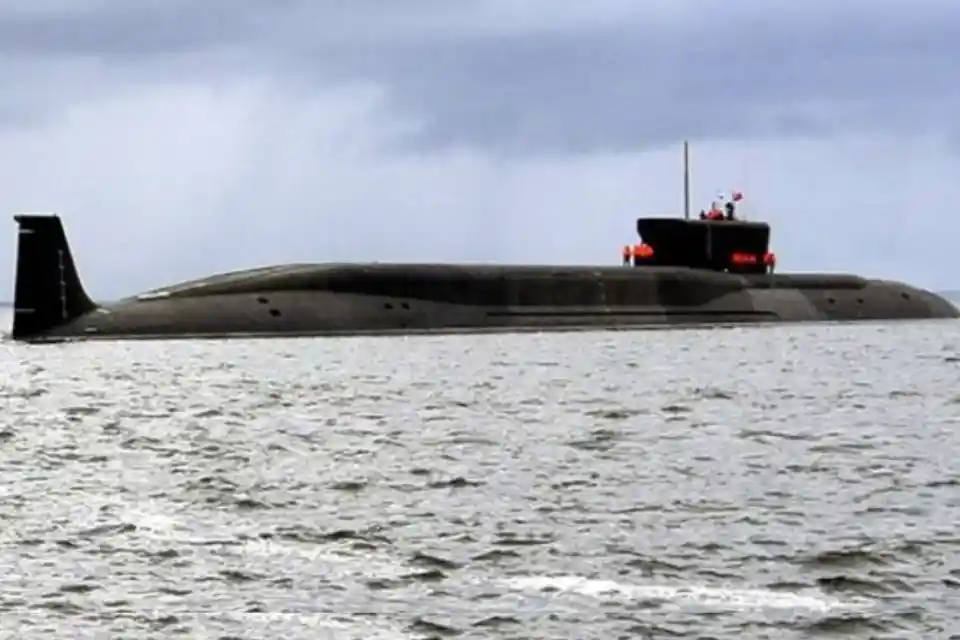India is preparing to commission its third nuclear-powered ballistic missile submarine, INS Aridhaman (S4), by the end of 2025. Currently in the final phase of sea trials, the 7,000-tonne vessel marks a major upgrade over its predecessors and will significantly strengthen India’s sea-based nuclear deterrent.

Second-Generation SSBN
Built under the Advanced Technology Vessel (ATV) project at Visakhapatnam’s Ship Building Centre, Aridhaman represents a leap forward from INS Arihant and INS Arighaat, commissioned in 2016 and 2024. With a stretched 130-metre hull and a displacement 1,000 tonnes heavier than its forerunners, the submarine is considered India’s first second-generation SSBN.
More Power, More Stealth
At its core lies an upgraded 83 MW Compact Light-Water Reactor (CLWR) designed by BARC, offering better efficiency and quieter operation. Capable of cruising at 12–15 knots on the surface and up to 24 knots submerged, the vessel can stay at sea for extended durations, limited only by crew supplies.
Stronger Missile Capability
The most notable upgrade is in firepower. While earlier Arihant-class submarines carried 12 K-15 Sagarika missiles or four K-4 missiles, Aridhaman comes with eight VLS tubes. This allows deployment of up to 24 K-15s, eight K-4s, or future K-5 missiles with ranges up to 6,000 km, enabling deep inland strikes from Indian waters.
Indigenous Technology Drive
Around 70% of the submarine’s components are indigenously developed, with contributions from Larsen & Toubro, Tata Power, and Walchandnagar Industries. Aridhaman also integrates advanced sonar, navigation, and fire control systems, refined from operational lessons with Arihant and Arighaat.
Strategic Context
The timing is significant. China’s navy already operates six Jin-class SSBNs with JL-3 missiles of 10,000 km range, while Pakistan is set to acquire eight Chinese Yuan-class submarines. Aridhaman, along with the upcoming INS Varsha submarine base in Andhra Pradesh (2026), will help India balance this growing regional challenge.
Strengthening the Nuclear Triad
For India’s nuclear strategy, SSBNs are vital. They provide a secure second-strike capability, ensuring retaliation even after a nuclear attack, an essential pillar of India’s no-first-use doctrine. With Chinese warship presence in the Indian Ocean now averaging ten vessels monthly, Aridhaman will play a critical role in ensuring credible deterrence.
